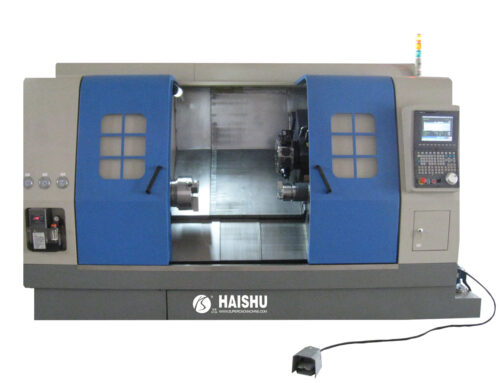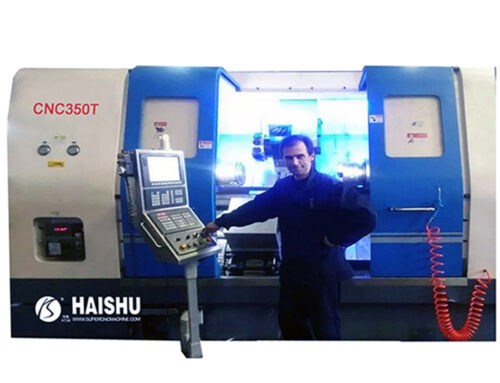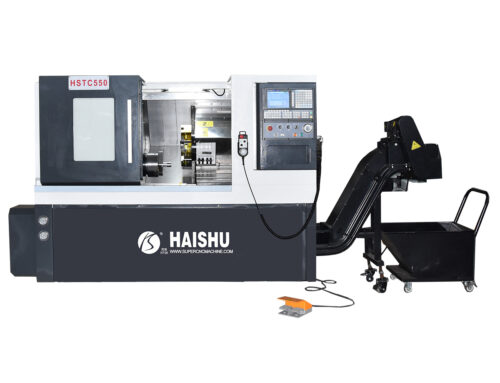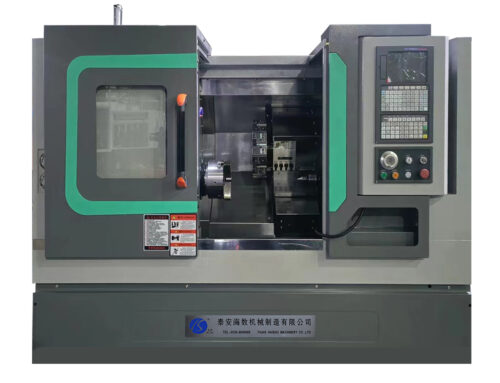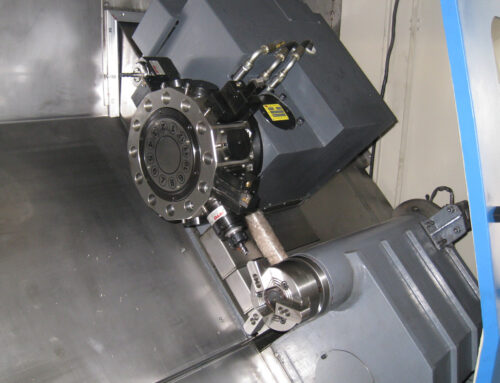The demand for the domestic CNC lathe machine tool is increasing, and the development of the CNC lathe machine tool has promoted the innovation and upgrade of CNC machine tool functional components. China’s key functional components industry for high-end CNC machine tool can not meet domestic needs, the domestic CNC functional component industry mainly has the following problems.



1. The adaptability and satisfaction are far from the market demand
Judging from the current development trend of the CNC lathe machine tool in China, the adaptability and satisfaction of domestic functional components are far from the market demand. Mainly manifested in:
1) The product level of China’s functional components has a certain gap with foreign countries. Most of the functional components produced in China are mainly labor-intensive, with low technical content, and it is difficult to adapt to the development speed and technical requirements of the domestic CNC lathe machine tool, especially high-end CNC lathe machine tool.
2) The development capability of functional components in China is weak, and the speed of new product development is slow. Most functional components need to be developed in cooperation with foreign countries, co-produced, joint ventures, or even assembled. Although the situation has changed significantly over the past two years, high-tech, latest functional components are still in the process of development in China, and the market share prospects are still not optimistic.
2. The scale of China’s CNC functional component production enterprises is small
According to statistics, there are more than 70 functional component manufacturing enterprises with fixed assets of more than 10 million yuan in China, accounting for less than 10% of all manufacturing enterprises. There are four kinds of “births” of functional component manufacturing enterprises in China: one is the enterprise developed from research institutes and colleges with technical support, which can be called “institution type”. The characteristics of these enterprises are: there is a certain technical foundation and talent base, and there are many technological development potentials, but the production methods are weak, it is difficult to form an industrial scale in a short time, and there are some gaps in cost, marketing, and service; The second is an enterprise that is gradually “independent” and “separated” from the main engine factory and developed mainly to produce certain functional components. It can be called the “main factory type”. These enterprises can adapt to market demand in terms of production capacity, process level, and user experience, and can form a scale to a certain extent, but because of their inextricable relationship with the original OEM, they often cause users to have doubts in the competition. Affecting its market development, at the same time, its development capabilities also have certain limitations, so it is difficult to form a famous brand; third is the emergence of a large number of private enterprises in Jiangsu and Zhejiang, can be called “private enterprise type.” These enterprises are mainly labor-intensive and single varieties, such as chain guards, carriages, fuel injection pipes, chip conveyors, lighting equipment, etc. Due to fierce competition, its quality and price can meet the market needs of low-end CNC lathe machine tools. Although these varieties of high-end products cannot be manufactured and still need to rely on imports, to a large extent, they have adapted to the overall demand for the development of CNC lathe machine tool in China; there are also some foreign joint ventures or sole proprietorships that produce some higher-level functional components. But the batch size is small, and there is no independent technology development capability, it is difficult to become the main body and mainstream of functional components.
3. The core parts rely heavily on imports
The development of China’s CNC machine tool industry is remarkable. In 2008, China’s CNC machine tool industry achieved a total industrial output value of 347.32 billion yuan and product sales output value of 334.83 billion yuan, an increase of 27.5% and 26.0% year-on-year. From 2002 to 2008, China was the world’s first consumer and importer of machine tools. But behind the rapid development of the industry, a fact that cannot be ignored is that the production of key parts and components in China is still controlled by people, and there is a situation of low profits and lack of core competitiveness of products.
4. Lack of high-tech content threatens industrial safety
China’s machine tool exports have maintained a gratifying trend of increasing year after year, but the embarrassment of “increasing quantity and reducing prices” directly reflects our technical level. The lack of a large number of core technologies and the dependence of key components directly affect the safety of China’s machine tool industry. Therefore, we need to strengthen the awareness of early warning work, gather industry wisdom and strength, and maintain industrial safety.
